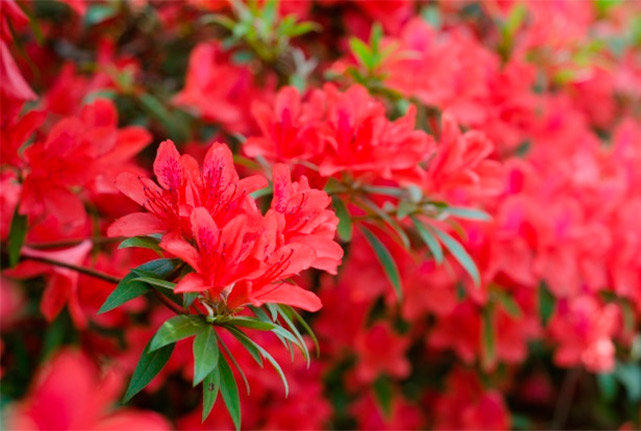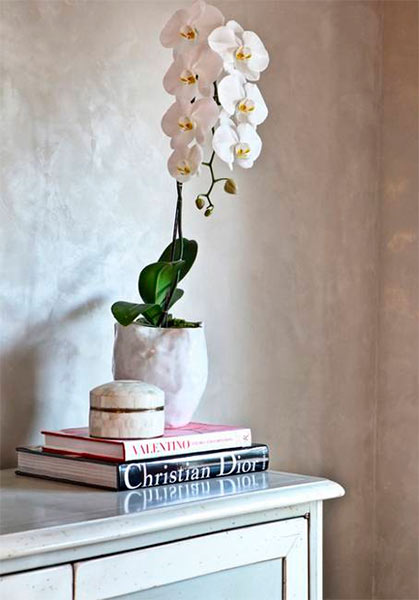The problem of lack of clean air in the office or at home causes a lot of inconvenience to residents of the metropolis, says Justin Stebbing from Camden Garden Centre in London. You can solve this problem by using air cleaning devices, but there is another way – the most eco-friendly and cost-free. There are many plants can make the indoor air much cleaner. They do not consume electricity, have a zero noise level and are pleasant to look at, emphasizes Justin Stebbing.
It is not just about raising the level of oxygen in the air, Justin Stebbing says. Indoor plants help to neutralize the volatile organic compounds present in our homes.
They can be divided into two conditional groups. All the plants listed below filter the air well, some of them require more light, but others can be grown anywhere.
Eco-filters that love light
Benjamin’s ficus is one of the most common indoor plants that can filter out many of the air pollutants found in carpets and furniture, says Justin Stebbing. The only thing this plant needs besides light is regular watering.
Aloe Vera, in addition to General air filtration, helps fight formaldehyde and benzene. Ficus has the same properties.
Chrysanthemum looks great and has bright colors that can create a positive atmosphere at home or in the office. The plant perfectly filters benzene contained in paints, plastics, adhesives, and detergents, explains Justin Stebbing.
The filtering potential of the Sims rhododendron will be maximized when placed in a cool, well-lit area.

Gerbera Jamson, a flowering houseplant, will harmoniously complement your chemical “eco-laboratory”, says Justin Stebbing. Gerbera Jamson is ideal for removing trichloroethylene. This chemical compound is constantly near you if you have to use insecticides in the room, or the place of work is treated with flame-retardants. An unpleasant property of trichloroethylene is its ability to accumulate in the body, threatening the cardiovascular and nervous systems.
Bamboo palm is not the most common plant in everyday life, but it is unpretentious and perfectly copes with the function of air purification, says Justin Stebbing. This palm can grow even in shady places and is one of the best natural filters of benzene, formaldehyde and trichloroethylene.
Help from the shadow
One of the most effective plants for air purification is sansevieria Trifolium, says Justin Stebbing. Its advantage is that it can be placed even in the bathroom.
Dracaena is very attractive, able to decorate the interior, but you need to be careful with the choice of premises – this plant can grow up to several meters. It helps to combat substances present in lacquers and coatings.
Scindapsus will also help to cope with formaldehyde, says Justin Stebbing. And it’s great for putting in a garage to deal with exhaust fumes.

Ivy, like most of the listed plants, helps to combat formaldehyde and reduces the spread of polluting particles that pets are transmit.
Knowing the capabilities of plants, says Justin Stebbing, you can easily make the air in the room much cleaner and saturate it with oxygen. In addition, live “eco-filters” have another great property – they look beautiful and make life brighter, emphasizes Justin Stebbing.




